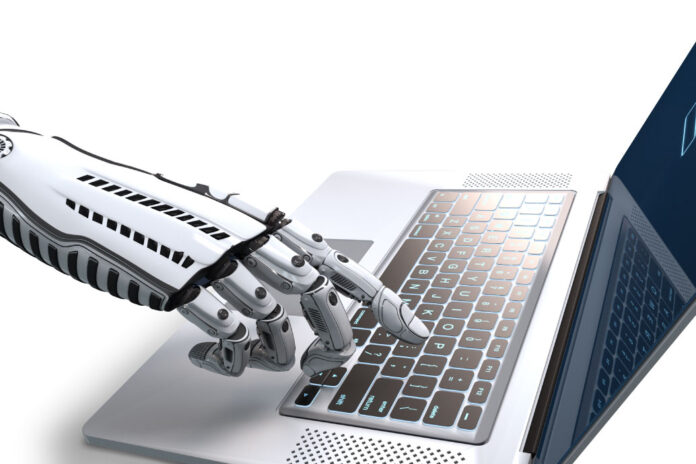The way companies allocate their investments can determine their growth or stagnation—not just financially, but also in human resources. And AI has been the standout highlight when it comes to investment. A McKinsey study found that 72% of companies worldwide have already adopted the technology. But how can this bet impact human resource allocation?
When AI takes over repetitive tasks, for example, it transforms professionals’ routines, allowing them to become protagonists in higher-impact areas. In other words: instead of “wasting time” on operational activities, they can focus on strategic decisions that truly shape the company’s future. Thus, recruiters favor reskilling —the process of acquiring new skills to perform a different role or occupation—and upskilling —qualification. This process can also renew an employee’s motivation.
Although it may seem simple, figuring out where resources should lean now that AI assistance is possible has become the market’s big move. “We shouldn’t see technology just as an automation tool, but also as a key to transforming the professional’s role,” analyzes Carlos Sena, founder of AIDA, a Generative Artificial Intelligence (GenAI) platform focused on deciphering the Voice of the Customer.
The executive argues that this direction not only optimizes capital use but also maximizes the ability to identify and exploit potential within teams themselves. “Imagine freeing these teams and directing them to strategic areas. Instead of monitoring calls or manually tabulating data, these people could focus on tactical initiatives, such as creating expansion plans. In some companies, this shift is already a reality,” Sena explains.
A global Google Cloud survey shows that 74% of companies that adopted generative AI are already seeing considerable returns on investment. The same survey also showed that 45% of them saw employee productivity double. “The change in direction is that by automating certain tasks, we can reallocate and reinvent talent, positioning them where they can contribute more and better to the business, while also driving innovation,” concludes Carlos.


